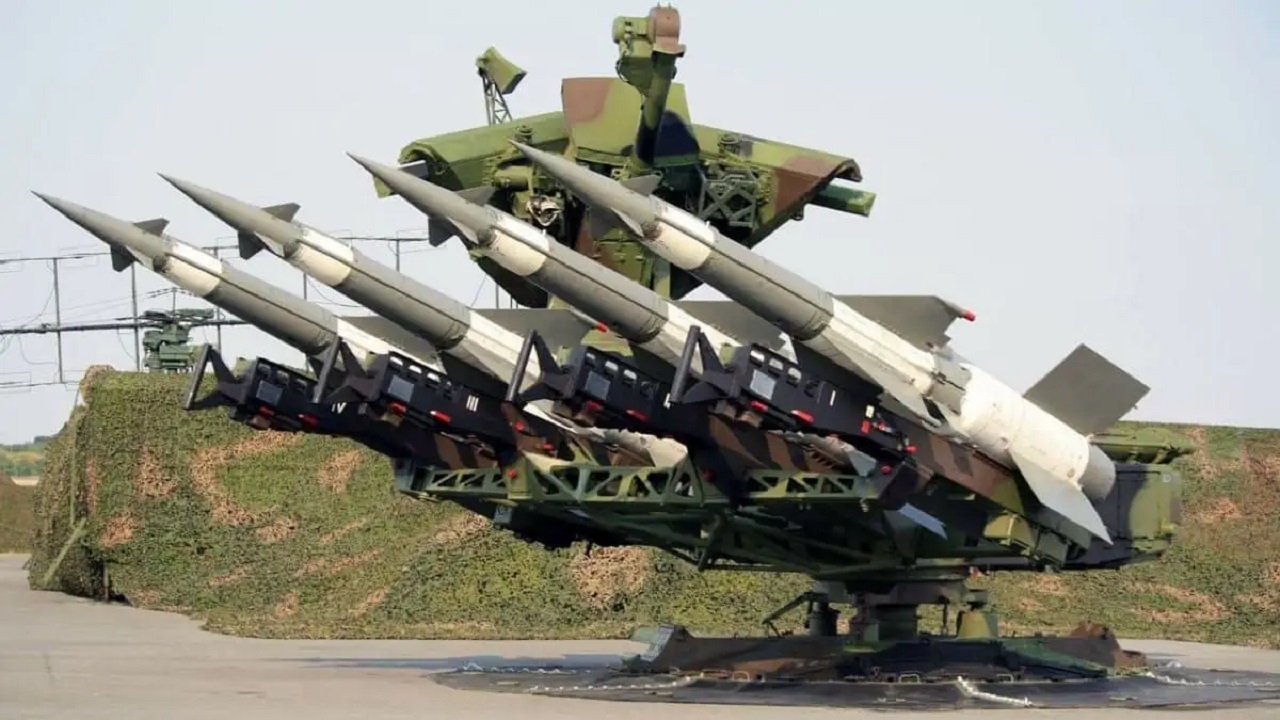India’s Air Defence System: Latest Developments
Context
The Indian Air Force (IAF) recently showcased the Integrated Air Command and Control System (IACCS) during a media briefing on Operation Sindoor. This system represents a significant advancement in India’s air defence capability, offering real-time monitoring and coordination of air defence assets to counter various aerial threats such as enemy aircraft, drones, and missiles.
Integrated Air Command and Control System (IACCS)
-
IACCS is an automated command and control system developed by Bharat Electronics Limited (BEL) specifically for the Indian Air Force.
-
The system integrates data from multiple sources including ground-based and airborne radars, civilian radar networks, communication nodes, and command centres.
-
It provides commanders at different levels with real-time situational awareness, consolidating data into a single operational picture to facilitate prompt and informed decision-making.
-
IACCS follows a command structure that supports centralised control but allows decentralised execution. This design helps reduce reaction time and enhances the deployment efficiency of air defence assets.
-
The system ensures overlapping radar and radio coverage, which improves airspace monitoring, reduces redundancy, and boosts coordination during air defence operations.
Army’s Akashteer System
-
Akashteer is the Indian Army’s air defence control and reporting system developed by BEL.
-
It is designed to connect and coordinate the Army’s ground-based air defence units, focusing on low-level airspace surveillance over battle zones.
-
Currently, Akashteer operates on a smaller scale but is being integrated with IAF’s IACCS for seamless joint operations and better coordination between the Army and Air Force.
India’s Multi-layered Air Defence Framework
The Indian military employs a comprehensive multi-layered air defence system combining various types of assets to detect and neutralise aerial threats across different ranges and altitudes. The four primary defence layers are:
-
Layer 1: Counter-drone systems and Man-Portable Air Defence Systems (MANPADS) for very short-range defence.
-
Layer 2: Point air defence units and short-range surface-to-air missiles (SR-SAM) to protect critical installations.
-
Layer 3: Medium-range surface-to-air missiles (MR-SAM) that cover broader areas.
-
Layer 4: Long-range surface-to-air missiles (LR-SAM) that provide strategic-level defence against high-altitude and distant threats.
Supporting Components
-
Point Defence systems include low-level air defence guns and shoulder-fired weapons.
-
Aerial Defence assets include fighter aircraft and long-range missiles.
-
The Surveillance Grid consists of ground-based radars, Airborne Warning and Control Systems (AWACS), and Airborne Early Warning and Control (AEW&C) aircraft, all integrated via IACCS for real-time tracking and interception.
Future Directions of IACCS
-
The Indian Air Force is enhancing IACCS by integrating additional radars and Surface to Air Guided Weapon (SAGW) systems, especially at strategically sensitive bases.
-
With modern warfare demanding joint operations, IACCS is expected to evolve towards greater tri-service integration, linking the Army, Navy, and Air Force air defence assets for unified command and control.
-
Planned upgrades include adopting advanced technologies such as artificial intelligence for faster threat analysis and improved situational awareness, ensuring that India’s air defence remains resilient against emerging challenges.
Conclusion
India’s air defence system has made remarkable advancements with the development and deployment of the IACCS, reflecting a robust and integrated approach to counter aerial threats. The integration of Army and Air Force systems through Akashteer and IACCS, respectively, demonstrates the country’s move towards multi-layered, network-centric defence capabilities. Future enhancements incorporating AI and tri-service coordination will further strengthen India’s ability to safeguard its airspace effectively in an increasingly complex security environment.




Comments (0)